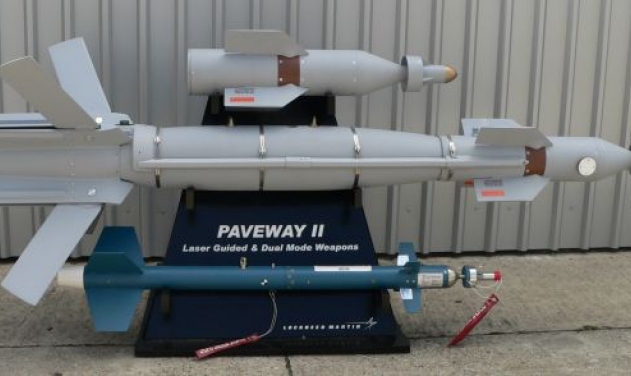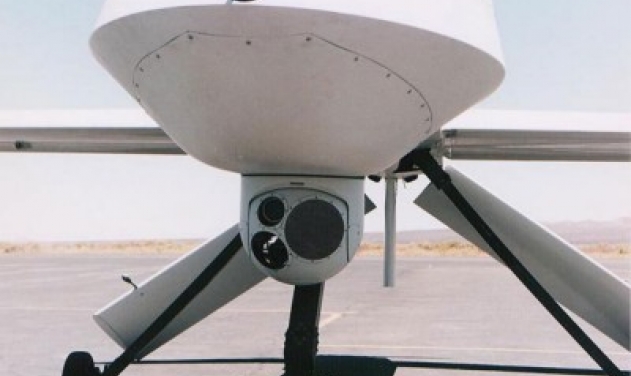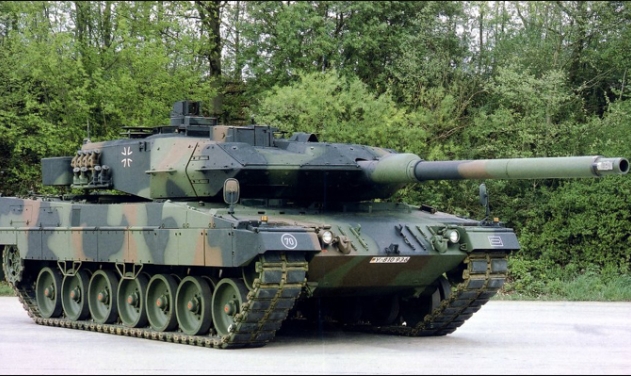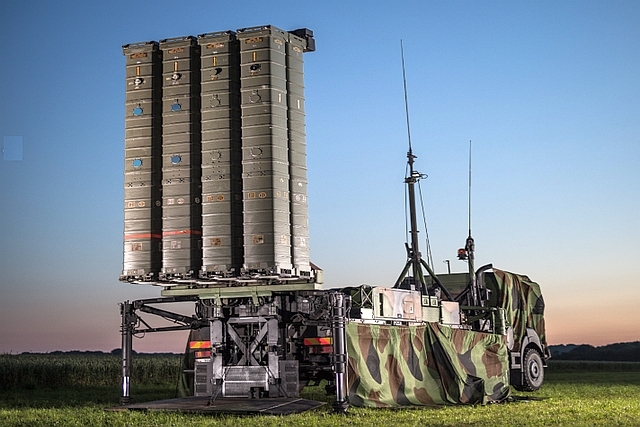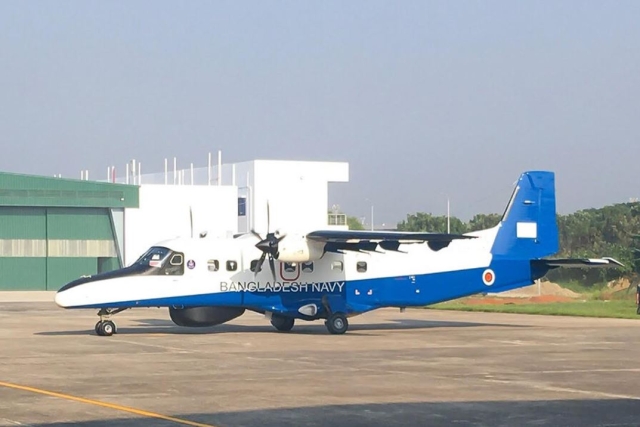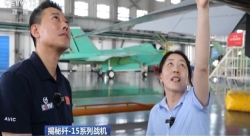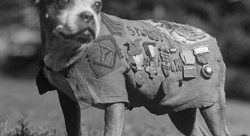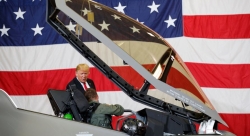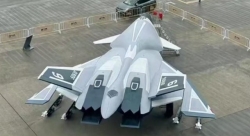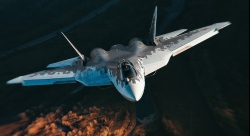USAF Conceptualizes Small, Inexpensive Drones To Beat Enemy Missiles
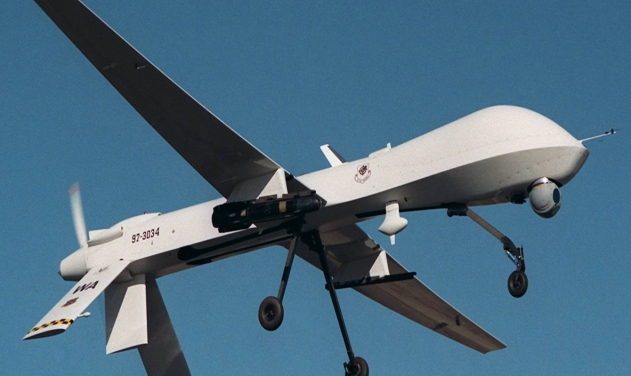
The US Air Force is eyeing to develop a force of small drones to meet future missions at lower costs to beat enemy missiles.
"We already know today that we will have MQ-1s and MQ-9s in scenarios where [we] can't get below the weather," Lt. Gen. Bob Otto, the Air Force's deputy chief of staff for intelligence, surveillance and reconnaissance, referring to the Air Force's "Predator" and "Reaper" drones was quoted as saying by The Hill Tuesday.
"But what if we could have an expendable from one of those platforms that could get below the weather, and could use electro-optical or infrared in order to sense the environment?"
The plan, which looks out to 25 years, is still in a conceptual phase, but officials expect to begin demoing some of its concepts before the end of this year, said Col. Brandon Baker, the Air Force's director of intelligence, surveillance and reconnaissance capabilities.
Those concepts include "teaming", where two drones work together to achieve an objective; the "loyal wingman", where drones work with a host system, such as a fighter jet to augment its capabilities or protect it; and "swarming", where drones work together as part of a swarm to accomplish an objective.
Using small drones would change the enemy's calculus on the battlefield, Baker said.
For example, an adversary would find it worthwhile to fire a $1 million surface-to-air missile at a $20 million drone, or at a $2 billion B-2 bomber, Baker said.
However, if you instead disperse small drones, and some decoys, costing less than $1 million each, that changes the enemy's calculus, or else forces them to invest in different modes and methods, he said.
"Now they have to take multiple shots at you," he said.
Baker said the demand for drones by combatant commanders continues to grow, and using small drones is one way to start chipping away at the demand. The use of cheaper, smaller drones that are more autonomous can also help relieve the burden on the current pool of drone pilots.
And as autonomy of the systems improve, one operator could command a mission using several drones, versus one operator directly piloting one drone, he added.
Otto said small drones can be especially useful at medium altitudes, which takes an "incredible amount of manpower."
"We are always seeking ways to offer a robust defense for less investment in capital than what we're doing today," he said.
The Air Force has allocated $2.5 billion in its 2017 science and technology account, which could go towards developing the concepts, Baker said.


